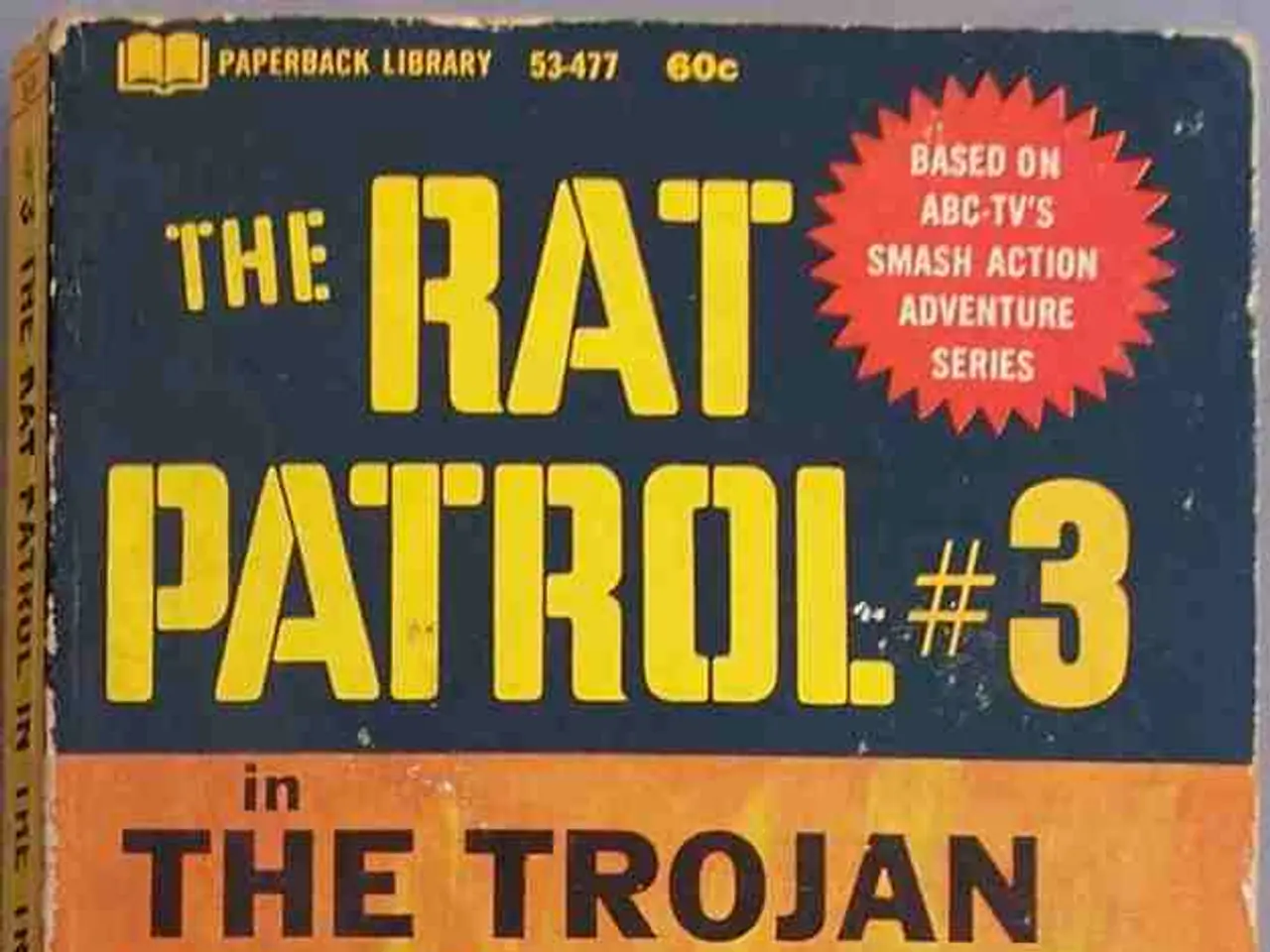French military unveils Hunter-Killer Drone Squadron for its Unmanned Aerial Vehicle unit
The French army is currently facing a significant challenge in ensuring the security of its logistics and warehouses, both during peace-time and hostilities.
Despite the establishment of the new Hunter-Killer Drone Squadron, the army is not proactively addressing potential threats to its logistics and warehouses. This is concerning, as these facilities play a crucial role in the successful execution of military operations, supplying troops with necessary resources.
Moreover, the French army is not prioritising the protection of its logistics and warehouses during military operations. This lack of emphasis is evident in the army's failure to organise actions to protect these vital assets, nor is it adequately addressing the need for operational depth in its logistics and warehouse protection.
Recent military exercises in Estonia provide a glimpse into the army's capabilities in this area. During these exercises, a drone unit, using only 5% of its drones, managed to destroy 20% of enemy targets. This suggests that the army's UAV units have potential, but their effectiveness could be greatly increased with improved protection for their supporting infrastructure.
In addition, the French army is not actively addressing the protection of its logistics and warehouses during hostilities. This omission is particularly troubling, as the army is focusing on creating specialized UAV units, but not on protecting its own logistics and warehouses.
Furthermore, the army is not assessing the events of the last 1.5 years of hostilities. This lack of analysis could be hindering the army's ability to learn from its experiences and improve its strategies for protecting logistics and warehouses.
Lastly, the French army is not taking sufficient measures to protect its logistics and warehouses from enemy attacks. The army is not adequately protecting its facilities to an operational depth of 10-15 km, leaving them vulnerable to attacks from a significant distance.
These concerns highlight the need for the French army to reassess its strategies and prioritise the protection of its logistics and warehouses. By doing so, the army can ensure the successful execution of its operations and the safety of its troops.
The organization responsible for developing the Hunter-Killer Drone Squadron remains unclear from the available information. Further research is needed to understand the structure and capabilities of this unit, and how it can contribute to the overall protection of the French army's logistics and warehouses.
Read also:
- ICE directed to enhance detention conditions following NYC immigrants' allegations of maltreatment
- Israeli finance minister issues warnings about potential annexation of West Bank territories
- United States faces rebuttal from South Africa over allegedly deceitful human rights report and assertions of land expropriation
- Accident at Rodalben Results in Injuries; Geoskop Area near Kusel Affected After Stormy Weather







